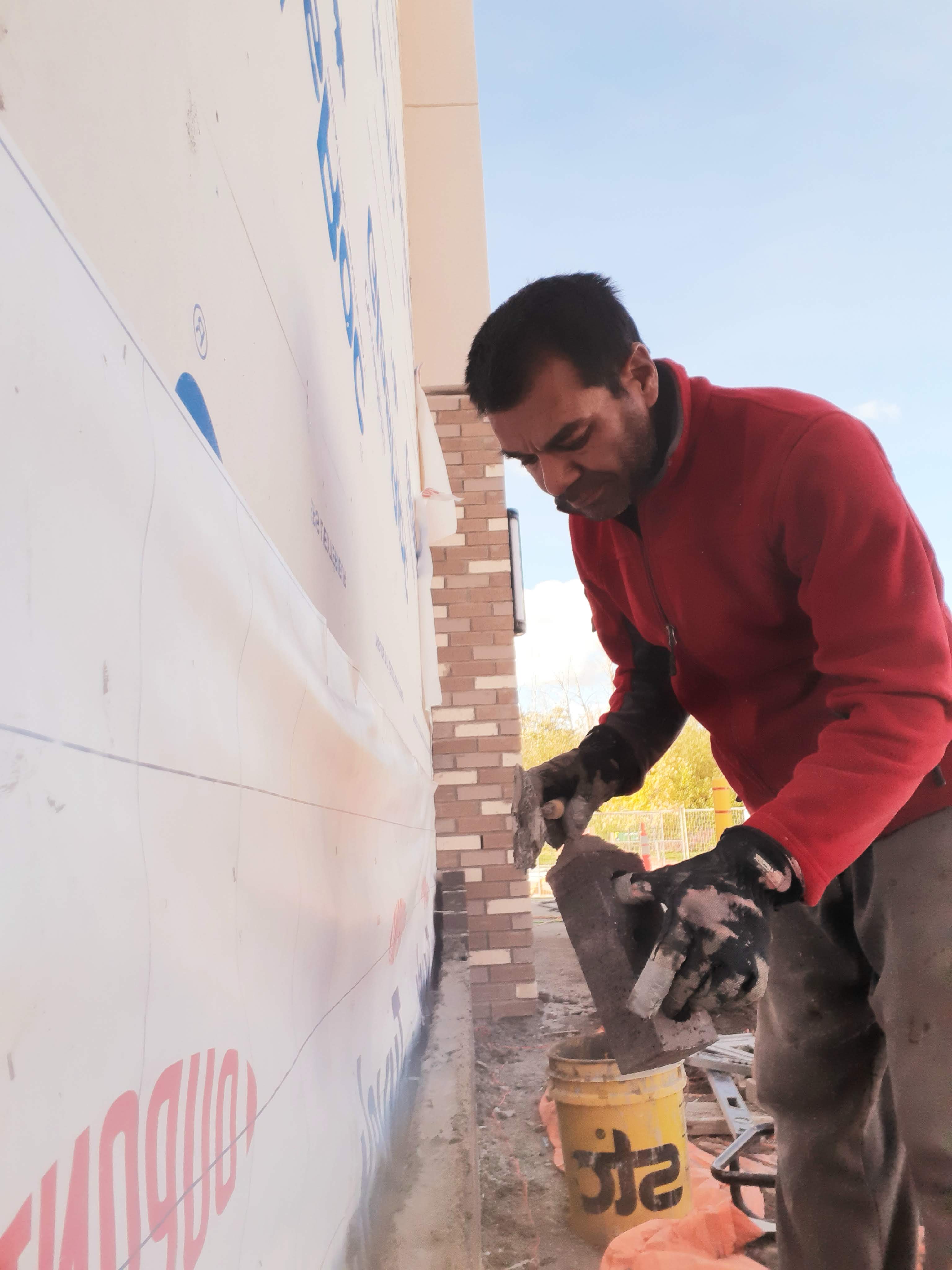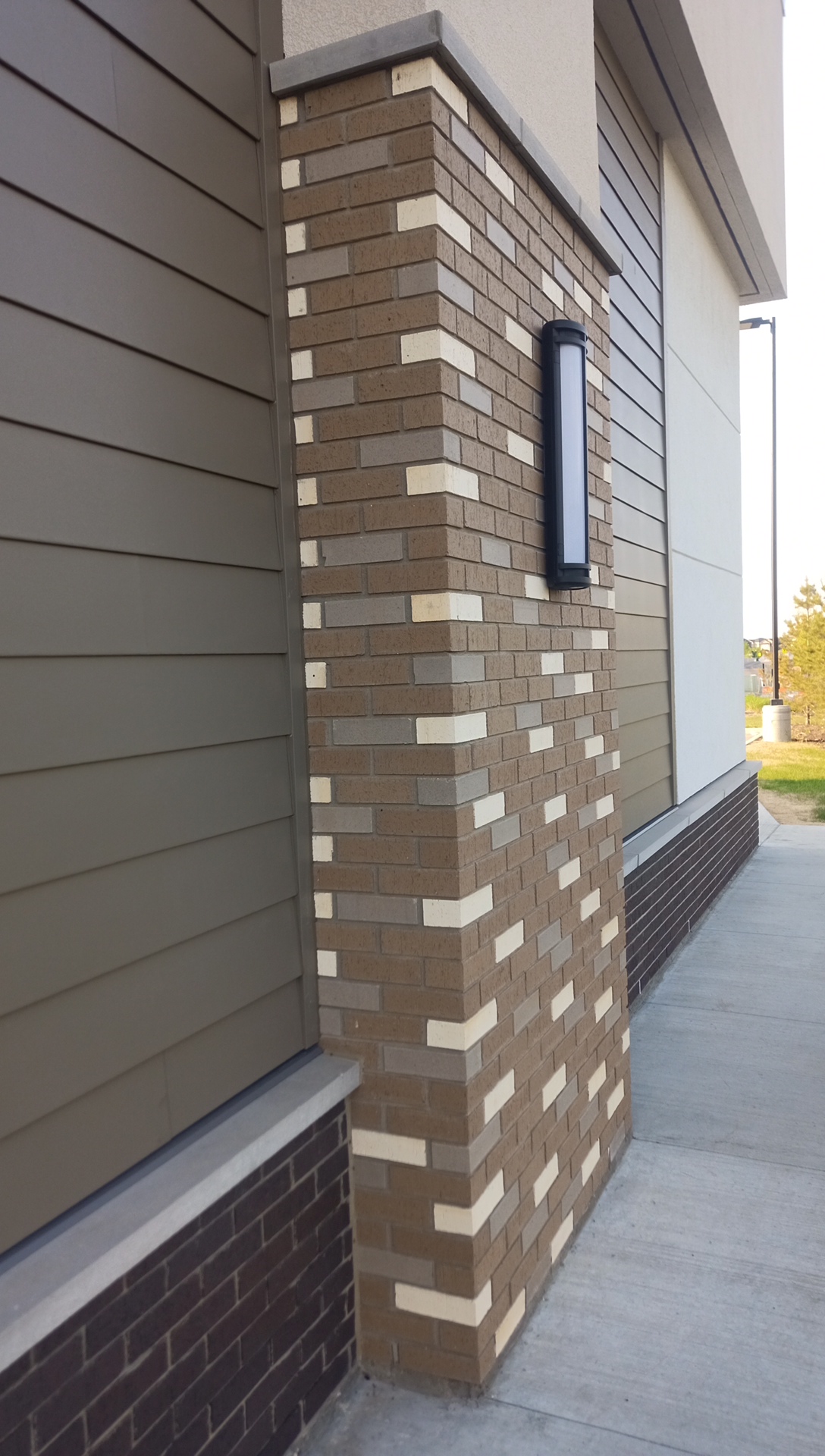
Brick
A brick can be composed of clay-bearing soil, sand, and lime, or concrete materials. Bricks are produced in numerous classes, types, materials, and sizes which vary with region and time period, and are produced in bulk quantities. Two basic categories of bricks are fired and non-fired bricks.
A similar term referring to a rectangular building unit composed of similar materials, but is usually larger than a brick. Lightweight bricks (also called lightweight blocks) are made from expanded clay aggregate.
Fired bricks are one of the longest-lasting and strongest building materials, sometimes referred to as artificial stone, and have been used since circa 5000 BC. Air-dried bricks, also known as mudbricks, have a history older than fired bricks, and have an additional ingredient of a mechanical binder such as straw.
Concrete Block
Concrete blocks are made from cast concrete (e.g. Portland cement and aggregate, usually sand and fine gravel, for high-density blocks). Lower density blocks may use industrial wastes, such as fly ash or bottom ash, as an aggregate.[2] Lightweight blocks can also be produced using autoclaved aerated concrete.
Source: (https://en.wikipedia.org)
Split-Face Block
The material is manufactured using aggregate, Portland cement and course sand. During manufacture, a complete 16" block is "split" in two so as form two 8" thick blocks, each with a rough face along the split edge. The finished product resembles rock-faced masonry in houses popular in the mid-1880s.
- Home
-
About Us
About Company About People
- Services
Metal cladding Aluminum Composites (ACM) Fibre Cement Cladding Stucco EIFS Woodpecker Solutions Stone Veneer Moulding Parging Brick Veneer CMUs Tiles Painting Wallpaper Repairs Renovations- Projects
Dropdown Menu inside a Navigation Bar
Hover over the "Dropdown" link to see the dropdown menu.
- Services

